NASA Additively Manufactured Rocket Engine Hardware Passes Cold Spray, Hot Fire Tests
NASA is partnering with Aerojet Rocketdyne to advance 3D printing technologies, known as metal additive manufacturing, and its capabilities for liquid rocket engines in landers and on-orbit stages/spacecraft.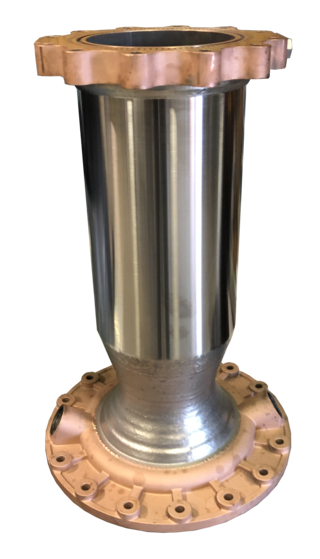
3D-printed bimetallic lightweight thrust chamber assembly before hot fire testing at NASA’s Marshall Space Flight Center in Huntsville, Alabama.Credits: NASA
The Robotic Deposition Technology (RDT) team, led out of NASA’s Marshall Space Flight Center in Huntsville, Alabama, is designing and manufacturing innovative and lightweight combustion chambers, nozzles, and injectors that will incorporate automated robotic deposition 3D-printing technologies: cold spray deposition, laser wire direct closeout, laser powder bed fusion, and laser powder directed energy deposition. The goal is to evolve these processes using weight-optimized materials to validate operability, performance, and reusability through hot fire testing.
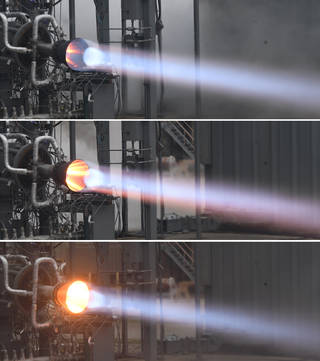 The Robotic Deposition Technology team completed the first phase of testing a 3D-printed metal thrust chamber assembly at NASA’s Marshall Space Flight Center in Huntsville, Alabama.Credits: NASA
The Robotic Deposition Technology team completed the first phase of testing a 3D-printed metal thrust chamber assembly at NASA’s Marshall Space Flight Center in Huntsville, Alabama.Credits: NASA
The RDT project team recently hot fire tested their lightweight combustion chamber and nozzle. Other hardware for this testing included injectors and carbon composite nozzles that were recently tested under the Long Life Additive Manufacturing Assembly (LLAMA) project.
“Testing of the RDT Advanced Lander Propulsion Additive Cold-spray Assembly (ALPACA) chamber went very well and demonstrated a new technology capability for NASA and industry partners,” said Thomas W. Teasley, engineer at Marshall.
The hardware accumulated eight starts at 365.4 seconds of total hot fire duration. The main combustion chamber experienced pressures up to 750 pound-force per square inch (psi) for all tests conducted as well as calculated hot gas temperatures approaching 6,200 degrees Fahrenheit. Three different carbon composite nozzles designed for 7,000 pounds of thrust were also tested and demonstrated their capability to endure extreme environment conditions with measured nozzle temperatures of more than 4,000 degrees Fahrenheit.
“The RDT ALPACA effort between NASA and Aerojet Rocketdyne is another example of our collaboration and partnership in advancing additive manufacturing technologies,” said Aerojet Rocketdyne Senior Engineer Bryan Webb.
RDT’s advancements will benefit future NASA and commercial space missions by providing more lightweight and cost-efficient liquid rocket engine parts instead of traditional hardware, which is heavier and typically comprised of more parts.
RDT is funded by NASA’s Game Changing Development Program, which is a part of NASA’s Space Technology Mission Directorate.
Source: NASA
For press release, welcome to send to 3D Science Valley at 2509957133@qq.com

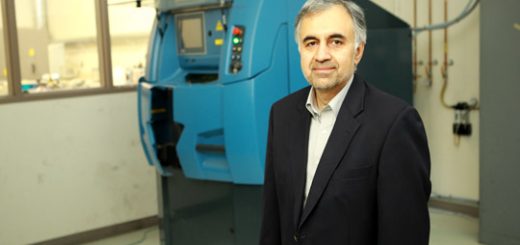
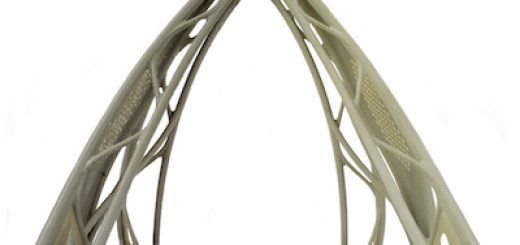
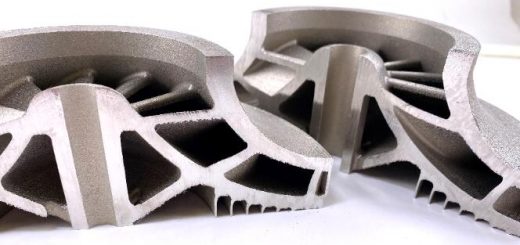
Recent Comments